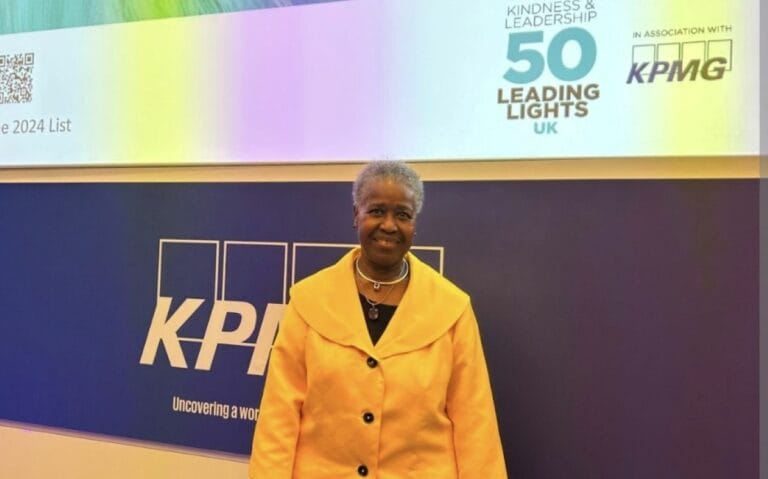Have You Tried Space Somersault? Astronaut Peggy Whitson Is Dancing with the Stars
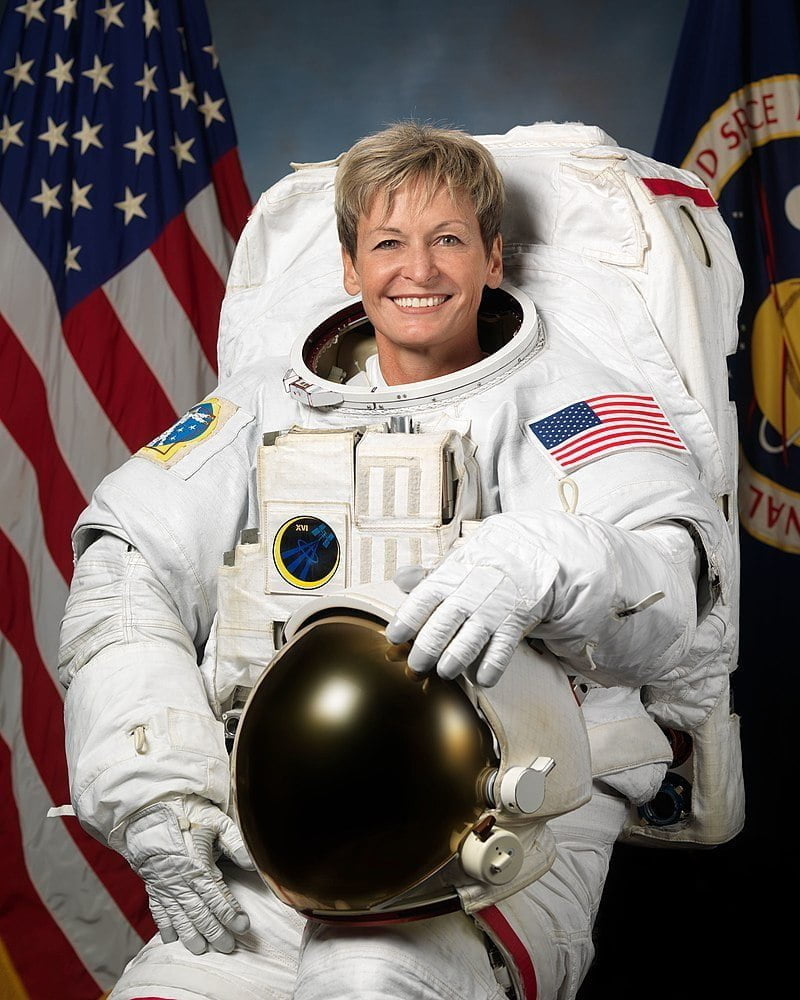
“Nothing beats the feeling of flying in microgravity” says Astronaut Peggy Whitson, aboard the International Space Station (ISS), recently enthralled the world with her somersaults in zero gravity. The video, broadcast on ABC News captured Whitson in a moment of sheer joy as she spun through the microgravity environment of the ISS, providing a poignant reminder of the human capacity for discovery and wonder.
Whitson, 63, onboard with Axiom Space, is set to break her own record of more time in space than any other American astronaut. She is nearing an astounding 673 days in space, a testament to the relentless spirit of human exploration.
I think the biggest advice that I could give people is to actually try and live beyond your dreams by pushing yourself, challenging yourself to do things a little bit outside of your comfort zone.
Peggy Whitson
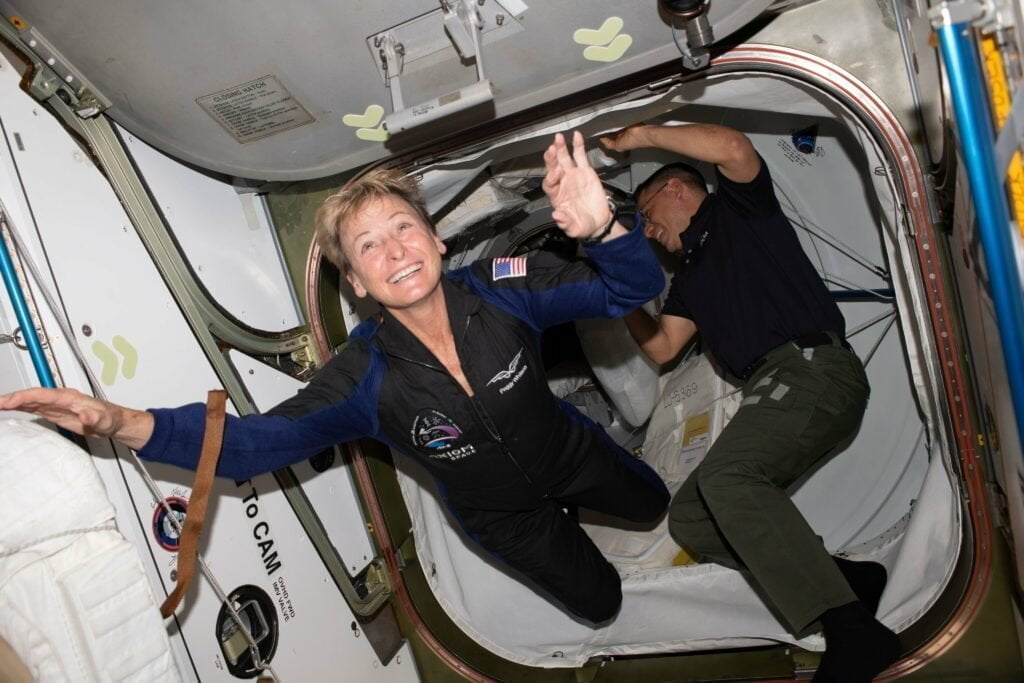
This spirit was most notably ignited during the Space Race, a period marked by a fierce competition between the United States and the Soviet Union to conquer the final frontier – space. It was a time of unprecedented technological advancement, fuelled by political rivalry and the collective human thirst for knowledge.
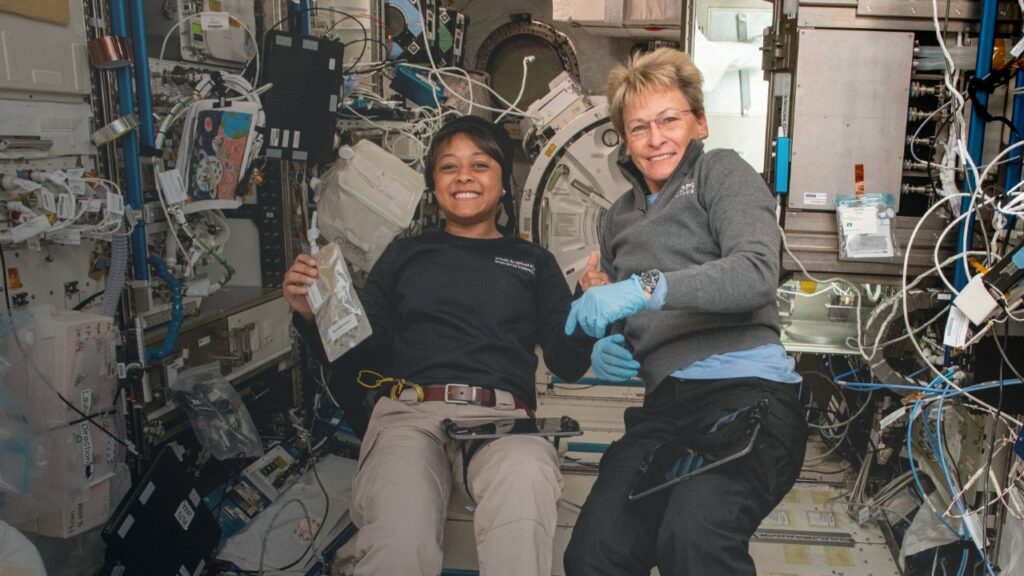
Next to her is @Astro_Rayyanah, #Ax2 Mission Specialist, who made history as the first Saudi female astronaut to go to space and one of the first Saudi astronauts to visit the ISS! Her entrance into the station marked the 600th person to orbit the Earth!
Beyond the Stars: The Technological Spin-off
While the Space Race has long since ended, its legacy lives on, not just in our continued exploration of the cosmos, but also in the technological advancements that have significantly improved our daily lives. Without time periods like the Space Race and the Industrial Revolution, our world would look vastly different, and arguably not in a good way.
It’s fascinating to consider how many technologies we use every day that were initially developed for space exploration. Medical imaging techniques, durable healthcare equipment, artificial limbs, water filtration systems, solar panels, firefighting equipment, shock absorbers, air purifiers, home insulation, weather-resistant airplanes, and infrared thermometers, among others, all owe their existence or significant advancements to our ventures into space.
For instance, the technology behind magnetic resonance imaging (MRI) was advanced by techniques used to interpret signals from space. The principles of remote monitoring used in space missions were later applied to telemedicine, enabling doctors to monitor patients remotely.
The development of solar panels, too, was significantly accelerated due to the Space Race. The need to power spacecraft led to advancements in photovoltaic technology, which we now use to harness renewable energy from the sun.
Space technology has also drastically improved our ability to predict and understand weather patterns, contributing to safer aviation and disaster preparedness.
As we watch Whitson’s zero-gravity somersaults, it’s not just the wonder of space that we’re seeing. It’s a celebration of human progress and the unforeseen benefits that our explorations into the unknown can bring. The Space Race might have been a product of the Cold War, but its technological spin-offs have warmed the lives of billions on Earth. So, here’s to astronauts like Peggy Whitson who continue to push the boundaries of our knowledge and remind us of the joys of exploration.
From Horseback to space travel
Our journey begins with the horse, an animal that has shaped human history like few others. For thousands of years, horses were our primary means of long-distance travel, carrying us across continents and into battle. They carried on their back our trade, spread cultures, and even defined the landscape of our cities with the need for stables, horse markets, and roads suitable for horse-drawn carriages.
The industrial revolution, starting in the late 18th century, set the stage for a significant shift in transportation. The invention of the steam engine led to the development of railways, often referred to as ‘iron horses’. Trains could carry people and goods faster and further than any horse, reshaping societies around their tracks. The world suddenly became a lot smaller as travel times shrunk dramatically.
With the invention of the internal combustion engine, the age of automobiles dawned. Cars offered individual freedom and flexibility that trains couldn’t match. They changed not only how we traveled but also how we lived, as cities expanded into suburbs and road networks spread across the globe. Cars became symbols of status and style, and driving became a rite of passage.
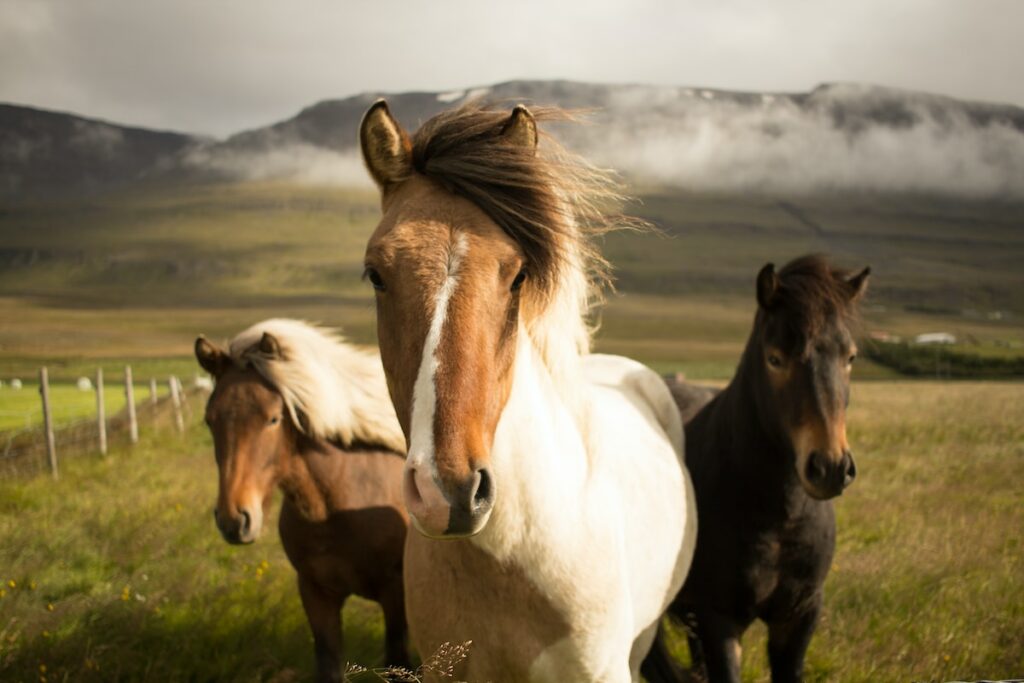
The next leap in our journey of mobility came with the advent of air travel. At first, airplanes were seen as dangerous and impractical for travel. But pioneers like the Wright Brothers and Amelia Earhart saw the potential and pushed the boundaries of what was possible.
With the introduction of jet engines in the mid-20th century, commercial air travel became commonplace. The speed and efficiency of jet planes revolutionized international travel, making it possible to have breakfast in New York and dinner in London. Airports became gateways to the world, and flying, once a luxury, became accessible to the masses.
The Environmental Impact
However, our journey from horse to airplane has not been without consequences. Each stage of progress has brought with it environmental challenges, from the pollution caused by cars to the greenhouse gas emissions of airplanes. As we look to the future, sustainability is key. Innovations such as electric cars and more fuel-efficient airplanes are steps in the right direction.
Our journey from horseback to air travel has been a testament to human ingenuity and the pursuit of progress. As we look to the future, who knows where our journey will take us next? Will we see the normalization of space travel, or will we discover new, sustainable ways to traverse our planet? Whatever the future holds, we all want answers to the big questions. Is Adam Frank’s ‘The Little Book of Aliens’ bringing home the answer to a big question?
Do you want to share your story and inspire our readers ? Know that every story is paving the way for a brighter, happier future.



